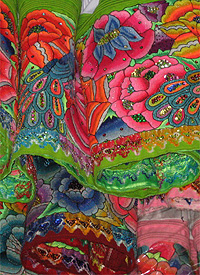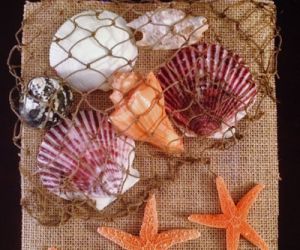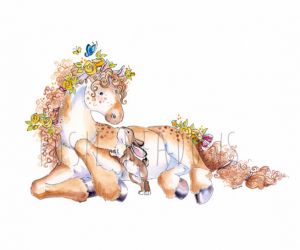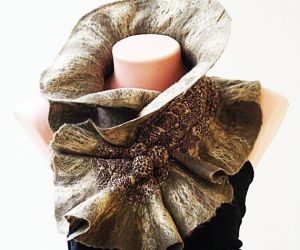From our bed sheets to our bath towels and clothing, textiles are an integral part of our daily lives – and one that we take very much for granted. Guest author Vicky works with Stuart Morris textile designers and enjoys making cushions and other soft furnishings.
 Recent archaeological discoveries suggest that humans have been creating and wearing textiles for far longer than we previously thought – dyed flax fibres found in the Republic of Georgia date from as far back as 34,000 BCE.
Recent archaeological discoveries suggest that humans have been creating and wearing textiles for far longer than we previously thought – dyed flax fibres found in the Republic of Georgia date from as far back as 34,000 BCE.
The enormous technological developments of the Industrial Revolution (1750 – 1900) made it possible to manufacture textiles on a large scale. The increasing availability and variety of fabrics as a result gave rise to fashion as we know it today.
Here is a break-down of some of the most important textile designs across history – and how we wear them today.
Woven
Then
The earliest textiles were woven on a loom. Artifacts of woven bandages have been discovered in ancient tombs in the Near East, Egypt and South America, used to wrap dead bodies.
Now
Today, much of our clothing is made from woven polyester – from fashion garments to raincoats and sportswear, woven polyester is an ideal fabric for its lightweight, soft, breathable and shower-proof properties.
Spun
Then
Between 3000 and 5000 BCE the Chinese discovered how to spin silk from the cocoon of the domestic silk worm.
Now
Associated with luxury, silk is a popular fabric for delicate and statement clothing, such as undergarments, formal wear and wedding dresses.
Knitted
Then
In Medieval and Renaissance Europe, wool was the most important clothing material for all classes, and broadcloth (dense woolen cloth) was the backbone of the English economy.
Now
The various styles and weights of knitted fabric mean that woolen clothing remains a winter wardrobe staple. In fashion terms, this season’s (AW/12) over-sized knits are a comfortable, low-effort way to keep warm yet stylish throughout the chilly months.
Embroidered
Then
Early remains of embroidery have been discovered in Egypt, Northern Europe and China, whilst bone needles found in Japan suggest that ancient Japanese clothing was sewn together. Embroidery was a symbol of high social status in Medieval Islamic countries, and a refined pastime for high-born ladies in 18th – 19th century Europe.
Now
Though the fashions are different, the techniques of modern embroidery remain remarkably unchanged compared with early examples. In fact, it is often said that today’s embroidery cannot match the skill and detail of its ancient origins.
Printed
Then
Back in 500 CE the Chinese invented ‘resist dyeing’, a technique of printing patterns onto textiles using wooden blocks with compartments for coloured inks.
Now
Modern fashion designers known for their print-driven styles include Giorgio Armani, Gianni Versace and Emilio Pucci.
Guest Author Vicky works alongside http://www.stuartmorris.co.uk/products/tea-towels.htm, a textile design and print company in the UK. She is a huge arts and crafts fan and enjoys nothing more than making cushions and other soft furnishings.
Image files from the Wikimedia Commons. A sample of traditional Peruvian embroidery by the Alfaro-Nùñez family of Cochas, and Traditional loom work by a woman in Konya, Turkey.












